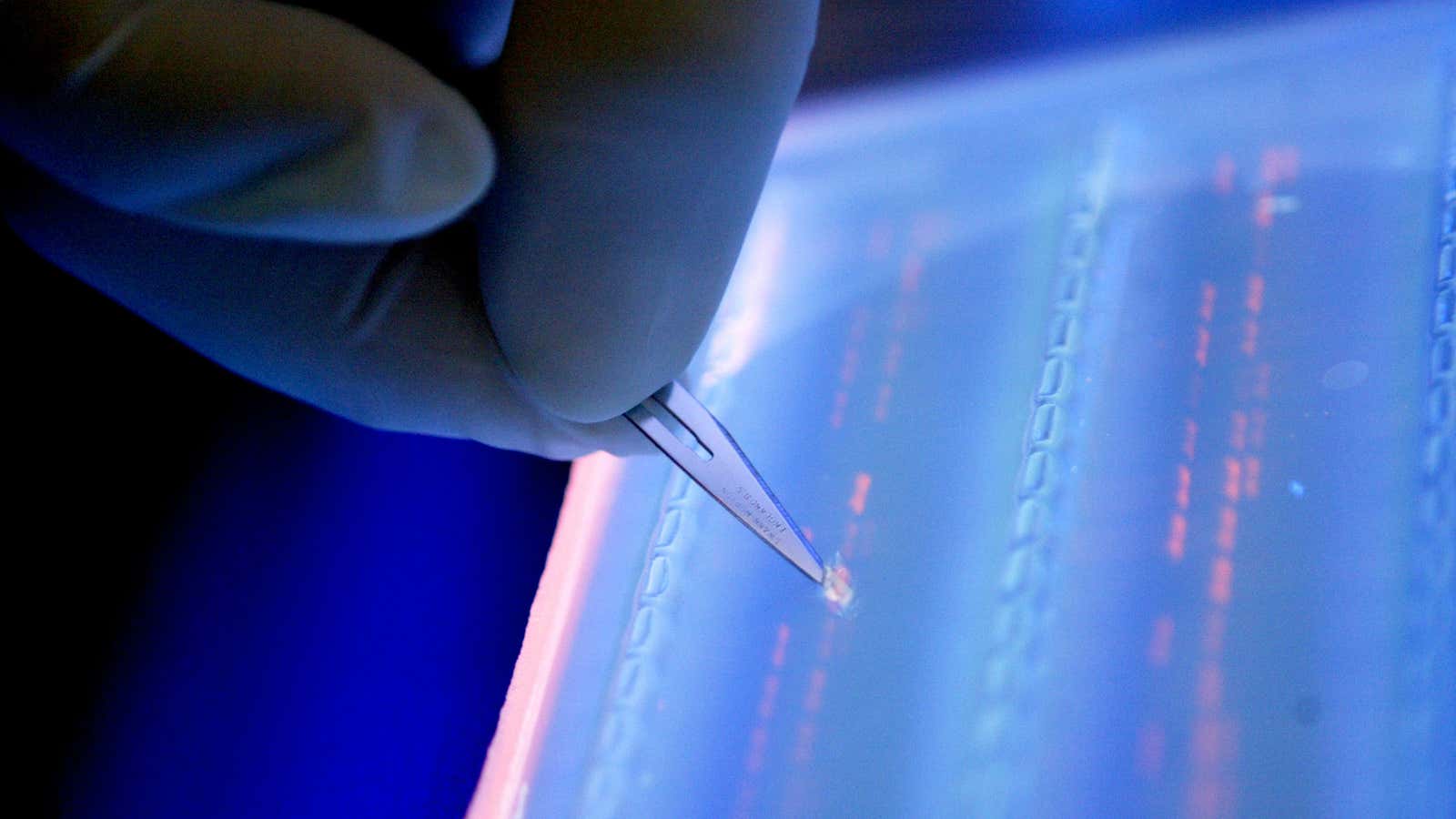There’s an art to science, and sometimes there’s some pretty incredible science in art.
That’s definitely the case in an area of research within structural biology colloquially called “DNA origami.” By connecting and stacking DNA molecules onto each other, researchers have been able to create intricate three-dimensional structures that can take the shape of doughnuts, teddy bears, even a convincing tiled image of the Mona Lisa.
Until recently, these shapes have been restricted to about 100 nanometers in size, or about four inches (10 cm). But a new study in the journal Nature shows scientists in Germany have figured out how to make them four times larger.
The practice of DNA origami is interesting, but scientists have yet to use it for any practical purpose. Still, some think it could be incorporated into electronics, photonics, and nanoscale machines of the future. Others have mused about its potential for use in disease detection, according to Science magazine.
Researchers are already hollowing out some of the origami DNA structures and using them as vessels for delivering drugs meant to target cancer cells. The shapes are built to look like viruses the body doesn’t fend off well; the masquerade enables the origami shapes to get past the immune system and deliver treatment without being attacked. Other scientists are trying to figure out ways to use the origami structures to detect early signs of cancer, and then transmit the findings to electronic devices outside the body for physicians to analyze.
